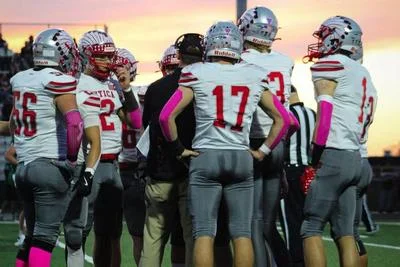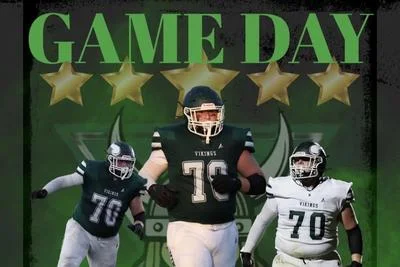Let’s talk all-star games.
Many of us watched the 2022 MLB All-Star game and it was exciting, fun and with added elements – including microphoned ballplayers – great for exhibitions, but I am not sold on it for meaningful games.
It’s fun to watch all of your favorite players play against each other in exhibition games. But, do they really mean anything, and is it real competition?
In baseball, it still seems like intense pitcher against intense batter, and every fielder is making the best plays he can make. The hitters want to put on a show, the runners want to run free as the wind and the fielders want to dive and leap acrobatically for web gems to make their highlight reels.
Not so much in other sports, I think. In football, the blocking, tackling and intensity are demonstrably diminished. The offenses go for the big play, but the blocking lacks drive. The defensive guys are not trying to bone-crushing-tackle anyone. In basketball, defense is lacking and it is three-point heaven and slam-dunk Disneyland. You see a sky-high block and rejection by centers, but defense generally takes a backseat. It isn’t quite the Washington Generals vs. the Harlem Globetrotters, but close. In hockey, there is not a bone-crushing check or slam against the boards to be found. Goalies go all out, and shooters deke and shoot as hard as possible, but forechecking, backchecking, slashing and tenacious “D” are seldom seen.
These are exhibitions so that fans can see stars from each team play against other stars. Nothing is at stake except bragging rights and, of course, an athlete’s pride in being there and in showing off to his peers. Why do they keep score? Tradition and the athlete’s mantra of competitively wanting to win every game.
Baseball provides the closest thing to true competition of all of the major all-star games, I believe. That has been tinkered with and was massaged again this year. However, has the drive to win always been present in the Midsummer Classic? No. In the 1950s and 1960s, the All-Star game was important to National Leaguers, who most often lost All-Star games and the World Series. To American Leaguers, it was party time. Hall of Famer Willie Mays, who wanted to play all nine innings hard and win each ASG, said, “Players told me: ‘The American League is killing us, man.’ I said, ‘We're going to change that.’ Then Hank Aaron, Frank Robinson, Roberto Clemente came in and we all played full games and we started winning games. They felt the same way I did. Soon, all of the National League did.”
On the other side, you had cases like Mickey Mantle and Whitey Ford. Mays owned Ford in the All-Star game and was for 6-for-6 against him entering the 1961 game hosted by the Giants. A day earlier, Ford and Mantle played golf at San Francisco's Olympic Club, as guests of Giants owner Horace Stoneham, and then went on a shopping binge and put it on Stoneham's bill. “We played golf and then spent about $600 on sweaters and shirts and golf balls and charged it to Horace,” Ford said. “We're about to repay him and he says to me, “I’ll tell you what. If you get in the game tomorrow and face Willie and get him out, we'll call it even. But if he gets a hit, you owe me $1,200.’ I said, ‘Sure, I'll bet you.’”
Ford and Mantle decided that Mickey would call Whitey’s pitches. Mantle would stand straight-legged in center field for a fastball, and cross his legs for a curve. Changeups would be up to Whitey. Ford got two outs in the first and Mays came up and smacked two foul balls about 500 feet each. Ford said, “I told myself that this was not an official game. They're not watching me closely. Let's screw with the ball a little. I look at Mick and he is calling the pitches in center. Mickey crossed his legs, so I threw Willie a spitball, and it starts right at him. Willie about falls down. He thinks the ball is going to hit him, and the umpire says, ‘Strike three.’
“The inning ends, and Willie walks by me and says, ‘What the hell was that you threw?’ Mickey's coming in from center field clapping, and Willie says, ‘What's that crazy SOB clapping for?’ When I told Willie, he laughed and said he would have been in on the bet to get free sweaters and shorts from Stoneham as well.”
OK, now to the rule changes. In the past, games were played to their entirety. But, in 2002, the game had an end-time of 11 innings. The following year through 2016, the game had meaning, as the winner would determine home-field advantage in the World Series. That has been discarded but, beginning with the 2022 game, if tied after nine, the game would be decided by a home run derby. Great for fans and, uncharacteristically, I was rooting for a tie.
What do you think of all-star games? Did you root for a tie and what do you think of quirky rules for deciding game winners.
Do you have a favorite all-star game story? Do you care about all-star games, avoid them or can take them or leave them? Let me know, at mike.blake@mountvernonnews.com







